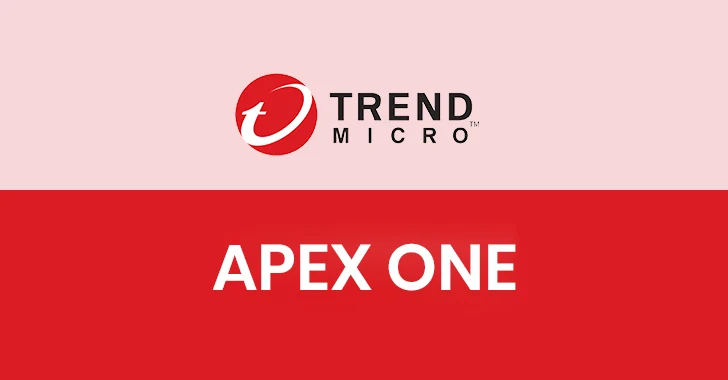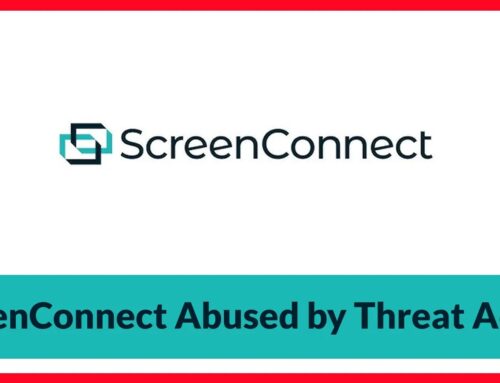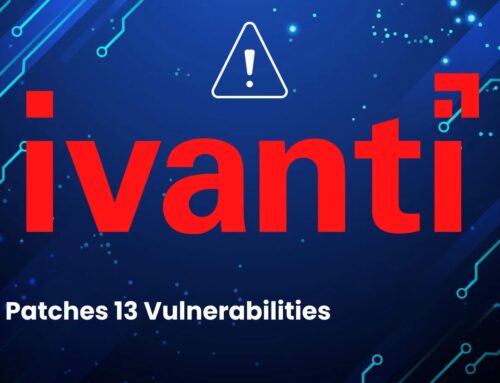
Trend Micro Confirms Active Exploitation of Critical Apex One Flaws in On-Premise Systems
Trend Micro Apex One Under Siege: Critical Flaws Actively Exploited in On-Premise Deployments
The cybersecurity landscape faces a persistent threat from sophisticated actors who relentlessly target even the most robust enterprise solutions. In a recent, critical development, Trend Micro has confirmed active exploitation of severe vulnerabilities within its on-premise Apex One Management Console. This revelation underscores the imperative for immediate action by organizations leveraging this widely used endpoint security platform.
Understanding the Threat: CVE-2025-54948 and CVE-2025-54987
Trend Micro’s recent advisory highlights two critical security flaws, both carrying a high CVSSv3 score of 9.4, indicating their severe impact and ease of exploitation. These vulnerabilities, identified as CVE-2025-54948 and CVE-2025-54987, expose on-premise Apex One deployments to significant risk.
- CVE-2025-54948: Management Console Command Injection – This flaw allows an attacker to inject arbitrary commands into the Apex One Management Console, potentially leading to unauthorized execution of system commands.
- CVE-2025-54987: Remote Code Execution (RCE) – Perhaps the more alarming of the two, this vulnerability enables an attacker to execute arbitrary code remotely on the vulnerable system. RCE flaws often serve as a gateway for adversaries to gain full control over affected systems, deploy malware, exfiltrate data, or establish persistent access.
The active exploitation of these vulnerabilities in the wild means that threat actors are already leveraging these weaknesses to compromise systems. Organizations running unpatched versions of Apex One are directly exposed to potential breaches and significant operational disruption.
Impact of Active Exploitation
The confirmed active exploitation status of these Apex One vulnerabilities signifies an immediate and elevated threat level. Successful exploitation can lead to a cascading series of detrimental outcomes for affected organizations:
- Data Breach: Attackers can access, exfiltrate, or manipulate sensitive corporate and customer data.
- System Compromise: Full control over the Apex One Management Console, which is a central point for managing endpoint security, can grant attackers broad access across an organization’s network.
- Malware Deployment: RCE capabilities allow threat actors to deploy ransomware, wipers, or other malicious payloads, severely impacting business operations and data integrity.
- Privilege Escalation: Initial access gained through these vulnerabilities could be used as a stepping stone for further privilege escalation within the network.
- Operational Disruption: Remediation efforts and incident response can severely disrupt business continuity and productivity.
Remediation Actions for Apex One Users
Given the critical nature and active exploitation of these vulnerabilities, immediate action is paramount. Trend Micro has released specific mitigations to address these flaws. Organizations using on-premise Apex One Management Console installations must prioritize these steps:
- Apply Patches Immediately: Trend Micro has released patches that directly address CVE-2025-54948 and CVE-2025-54987. Consult Trend Micro’s official security advisories and support channels for the specific patch relevant to your Apex One version.
- Isolate and Segment: If immediate patching is not feasible due to environmental constraints, consider temporarily isolating or segmenting your Apex One Management Console from less trusted networks. Implement strict network access controls to limit who can reach the console.
- Monitor Logs for Anomalies: Increase vigilance in monitoring logs from your Apex One Management Console and surrounding network infrastructure for any unusual activity, failed login attempts, or suspicious process executions.
- Review Access Privileges: Ensure that only authorized personnel have necessary access to the Apex One Management Console. Implement the principle of least privilege.
- Perform Out-of-Band Scans: Utilize independent vulnerability scanners and endpoint detection and response (EDR) tools to scan the Apex One Management Console and associated systems for signs of compromise, even after patching.
Tools for Detection and Mitigation
Leveraging appropriate tools is crucial for both pre-emptive defense and post-compromise analysis.
| Tool Name | Purpose | Link |
|---|---|---|
| Trend Micro Official Advisories | Source for official patches and detailed vulnerability information. | Trend Micro Security Advisories |
| Vulnerability Scanners (e.g., Tenable Nessus, Qualys, Rapid7 Nexpose) | Identify unpatched systems and other network vulnerabilities. | Tenable Nessus / Qualys / Rapid7 Nexpose |
| Endpoint Detection and Response (EDR) Solutions | Real-time monitoring, threat detection, and incident response on endpoints. | (Consult your current EDR provider for detailed capabilities) |
| Network Intrusion Detection/Prevention Systems (NIDS/NIPS) | Monitor network traffic for suspicious patterns and block known attack signatures. | (e.g., Snort, Suricata – widely available open-source and commercial solutions) |
Staying Ahead: A Proactive Security Posture
The active exploitation of critical flaws in Trend Micro Apex One serves as a stark reminder of the continuous and evolving nature of cyber threats. Organizations must adopt a proactive security posture that goes beyond reactive patching.
- Regular Patch Management: Implement a robust, scheduled patch management program for all software and systems.
- Threat Intelligence Integration: Stay updated with the latest threat intelligence feeds to anticipate emerging threats.
- Incident Response Plan: Develop and regularly test a comprehensive incident response plan to minimize the impact of successful attacks.
- Security Awareness Training: Educate employees on social engineering tactics and secure computing practices.
- Zero Trust Principles: Implement Zero Trust architectures to segment networks and control access based on strict verification.
Protecting critical infrastructure like endpoint security solutions is paramount. By understanding the risks associated with CVE-2025-54948 and and acting decisively, organizations can significantly mitigate their exposure to these active threats.





